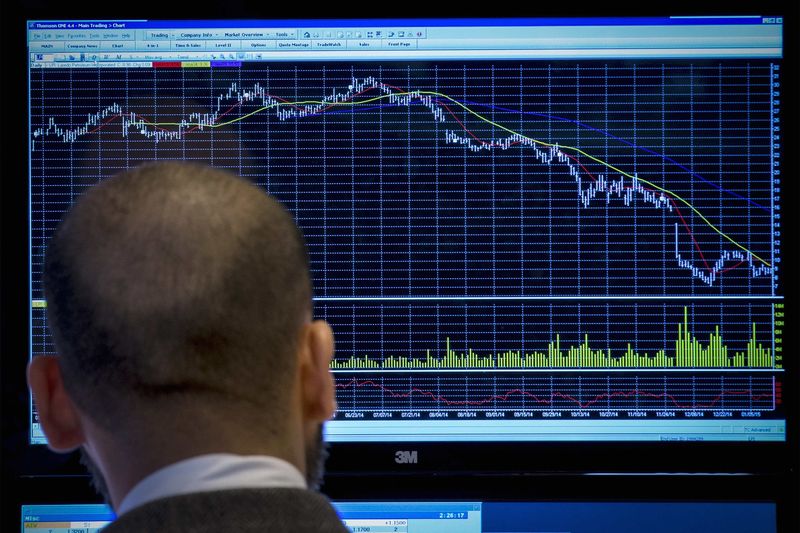With Friday’s employment data showing the U.S. economy added fewer jobs than expected in April, the question now turns to what the Federal Reserve will do next.
The report showed nonfarm payrolls totaled 175,000 last month, down from an upwardly revised 315,000 in March. The number was also below the forecast of 238,000 and the consensus estimate of 243,000.
Meanwhile, the unemployment rate was 3.9% in April, up slightly from the 3.8% reported the previous month.
Following the data, Bank of America analysts told investors they were seeing evidence that the hiring catch-up effect may be slowing.
“In our opinion, this is not an obvious negative sign for the economy. As service sector employment returns to pre-pandemic trends, employment growth should naturally slow regardless of whether monetary policy is contractionary or not,” the bank wrote.
The Bank of Australia still expects its first rate cut in December, followed by a rate cut of four to 25 basis points in 2025. They expect a final rate of 3.5% to 3.75% to be reached in mid-2026.
Elsewhere, DA Davidson analysts said overall job numbers were lower than expected and the unemployment rate was higher, suggesting “the Fed’s tightening cycle may indeed be slowing the economy.”


